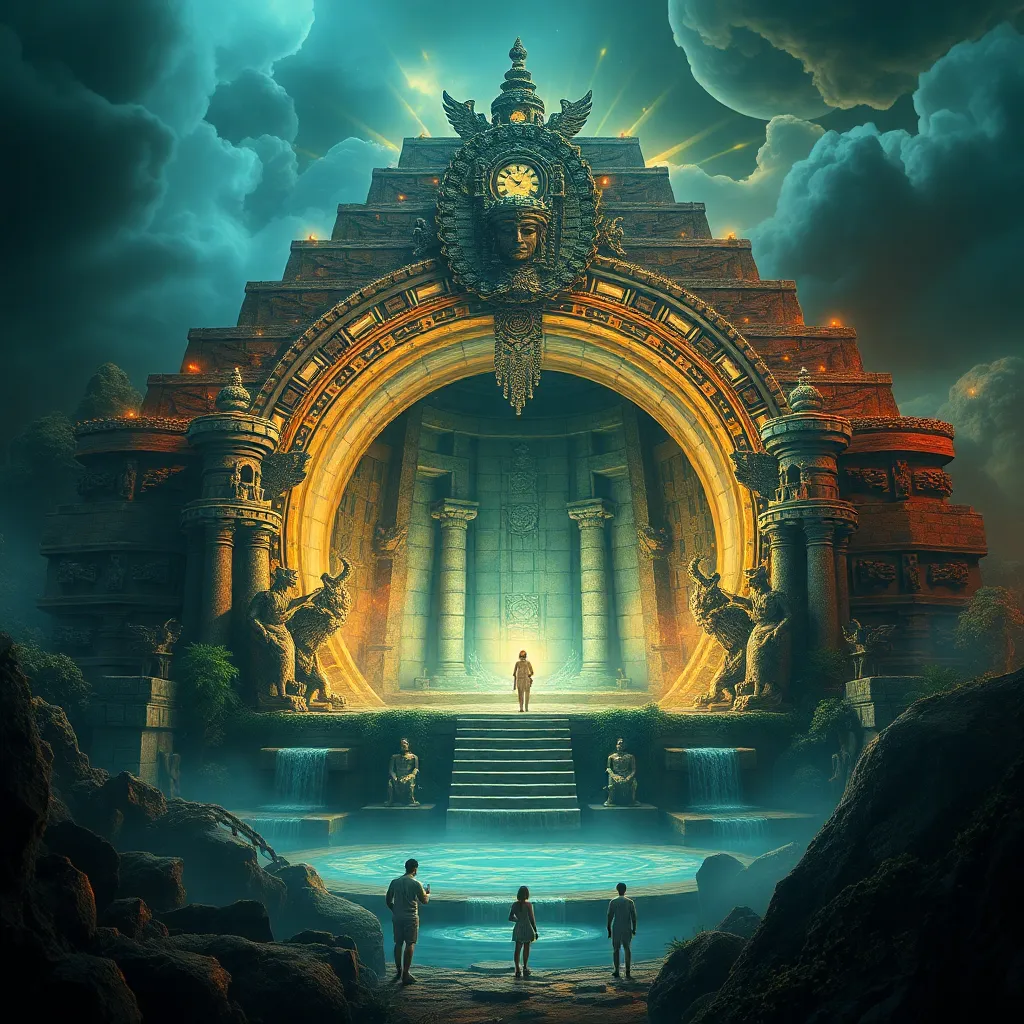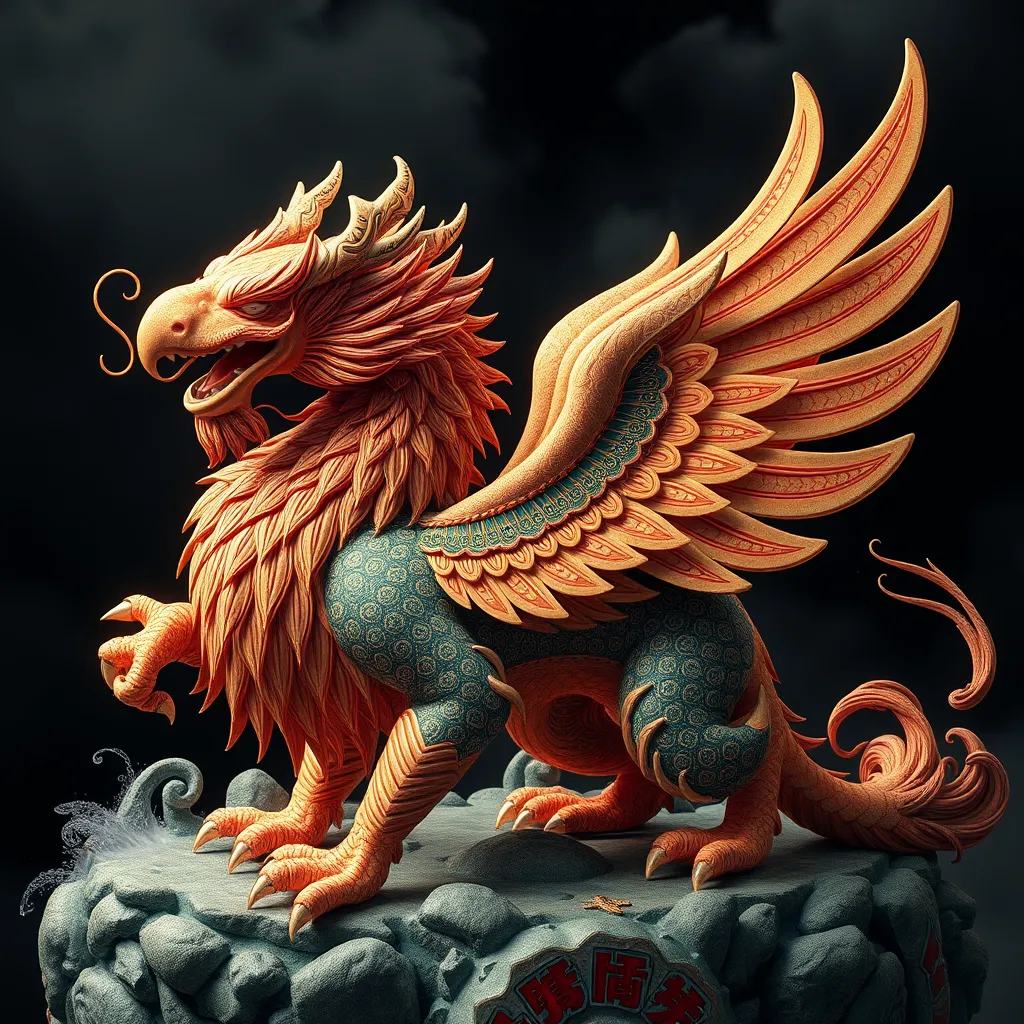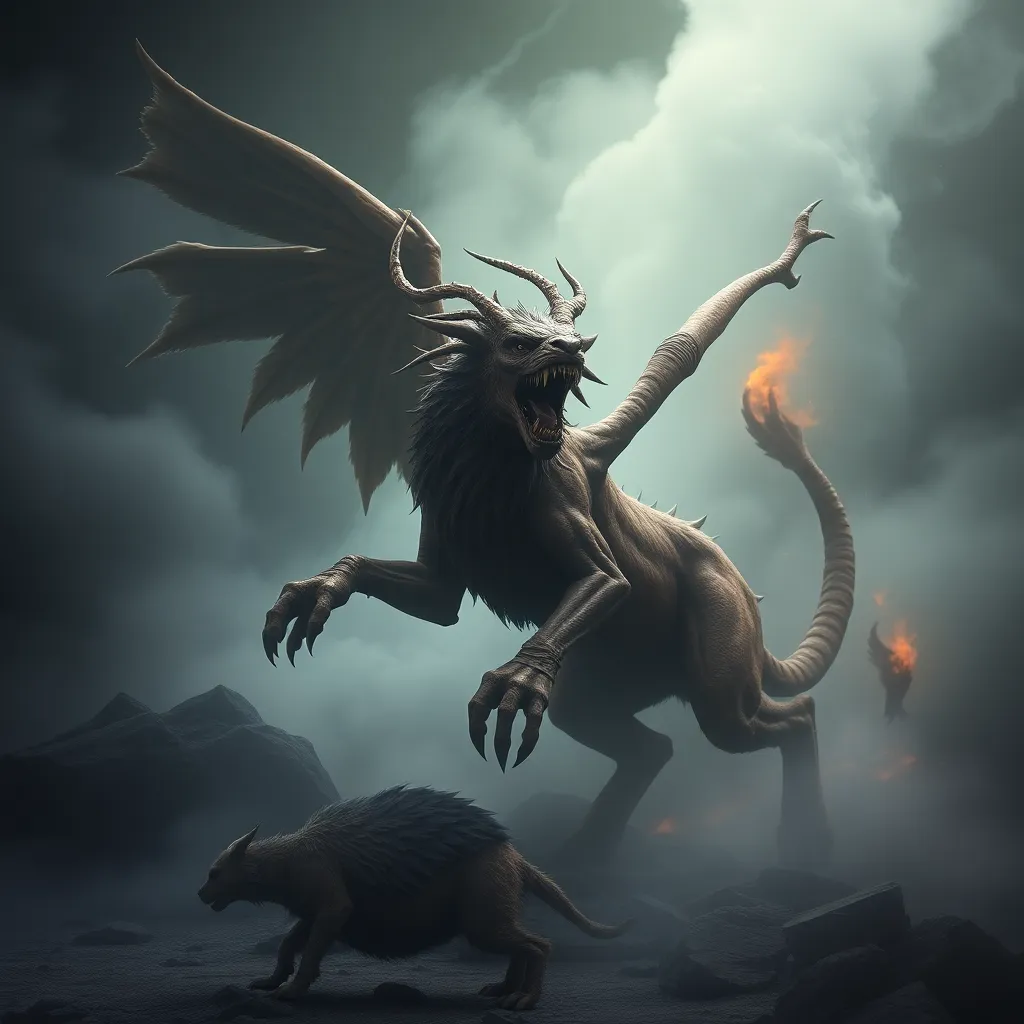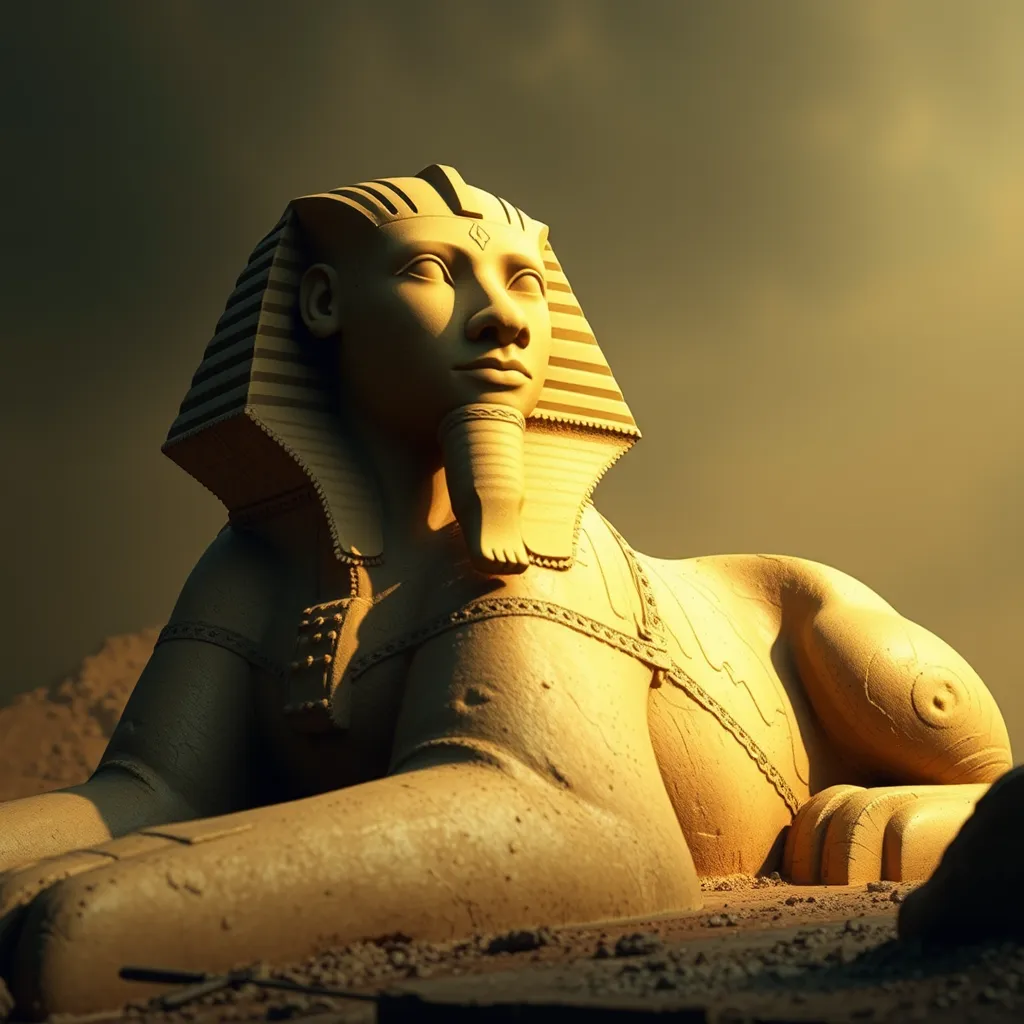The Mayan Creation Myth: Itzamná and the Birth of the World
I. Introduction
The Mayan creation myth is a rich tapestry of stories that explains the origins of the world, humanity, and the gods. Central to this myth is Itzamná, a principal deity revered in Mayan culture. Itzamná is often associated with wisdom, the heavens, and creation itself. This article will explore the historical context of the Mayan civilization, the role of Itzamná in their cosmology, the creation narrative, the significance of the four cardinal directions, the birth of humanity, and the lasting legacy of this myth.
II. Historical Context of Mayan Civilization
The Mayan civilization thrived in Mesoamerica, primarily in present-day Mexico, Guatemala, Belize, Honduras, and El Salvador, from approximately 2000 BCE to the arrival of Spanish colonizers in the 16th century. Known for their advanced knowledge in mathematics, astronomy, and agriculture, the Maya developed a complex society with a rich cultural heritage.
Mythology played a vital role in Mayan society, serving as a framework for their understanding of the universe and their place within it. Creation myths provided explanations for natural phenomena, social order, and religious rituals. The primary sources of these myths include ancient texts like the Popol Vuh and oral traditions passed down through generations.
III. The Role of Itzamná in Mayan Cosmology
Itzamná is portrayed as one of the most important gods in the Mayan pantheon. Often depicted as an old man with a large nose and a wise demeanor, he embodies the essence of creation and knowledge. Itzamná is associated with various symbols, including the sky, the sun, and maize.
- Attributes and Symbolism: Itzamná represents wisdom, healing, and the arts. He is often seen as a benevolent deity, guiding the Maya in their daily lives.
- Relationships with Other Gods: Itzamná is frequently linked with other significant deities, including Kukulkan (the feathered serpent) and Ix Chel (goddess of love and fertility), reflecting a complex network of divine interactions.
IV. The Creation Narrative
According to the Mayan creation narrative, the universe began in a state of darkness and silence. There was no land, no sky, and no life—only the vast expanse of the primordial sea. Itzamná, with his infinite wisdom and desire for creation, envisioned a world filled with life and beauty.
Itzamná’s intention was to create a balanced world where humans could thrive. The process of creation involved several stages:
- Creation of Earth: Itzamná summoned the earth from the depths of the waters, forming mountains, valleys, and rivers.
- Creation of the Sky: He then separated the sky from the earth, filling it with stars and celestial bodies.
- Creation of Living Beings: Finally, Itzamná breathed life into animals and plants, populating the earth with diverse forms of existence.
V. The Significance of the Four Directions
In Mayan belief, the four cardinal directions—north, south, east, and west—hold immense significance. Each direction is associated with specific qualities, colors, and deities:
- North: Associated with the color white and the deity Tezcatlipoca.
- South: Linked to the color red and the deity Huitzilopochtli.
- East: Representing the color yellow and the dawn, symbolizing new beginnings.
- West: Associated with the color black and the setting sun, representing endings.
These directions not only influenced Mayan architecture and ceremonial practices but also shaped their worldview, reflecting the interconnectedness of the cosmos and human existence. Itzamná’s creation is often seen as a harmonious balance between these directions, emphasizing the importance of equilibrium in the universe.
VI. The Birth of Humanity
In their quest to create humanity, the gods made several attempts, each of which failed to meet their expectations. The first beings were crafted from mud, but they were weak and fell apart. The second attempt involved wood, but these wooden creatures lacked souls and emotions, leading to their destruction.
Itzamná, along with other gods, finally succeeded in creating humans from maize, a sacred crop in Mayan culture. This successful creation marked a turning point in the myth, as the new beings possessed intelligence, emotions, and the ability to worship the gods. The significance of maize in human creation underscores its importance in Mayan agriculture and identity.
VII. Legacy and Influence of the Creation Myth
The Mayan creation myth has had a profound impact on the culture, rituals, and identity of the Maya. It shapes their understanding of existence, the natural world, and their relationship with the divine. Elements of the creation story can be seen in various aspects of Mayan life:
- Cultural Rituals: Many rituals are centered around the themes of creation, agriculture, and renewal, reflecting the ongoing influence of the myth.
- Modern Maya Identity: The creation myth continues to resonate with contemporary Maya communities, serving as a source of pride and cultural identity.
- Comparisons to Other Creation Myths: The Mayan creation myth shares similarities with other Mesoamerican creation stories, highlighting common themes of life, death, and rebirth.
VIII. Conclusion
In summary, Itzamná plays a pivotal role in the Mayan creation myth, symbolizing wisdom and the transformative power of creation. The enduring relevance of this story speaks to the deep connection between mythology and culture in the Maya civilization. As modern Maya continue to navigate their cultural identity, the creation myth remains a vital part of their heritage, illustrating the timeless interplay between humanity and the cosmos.



